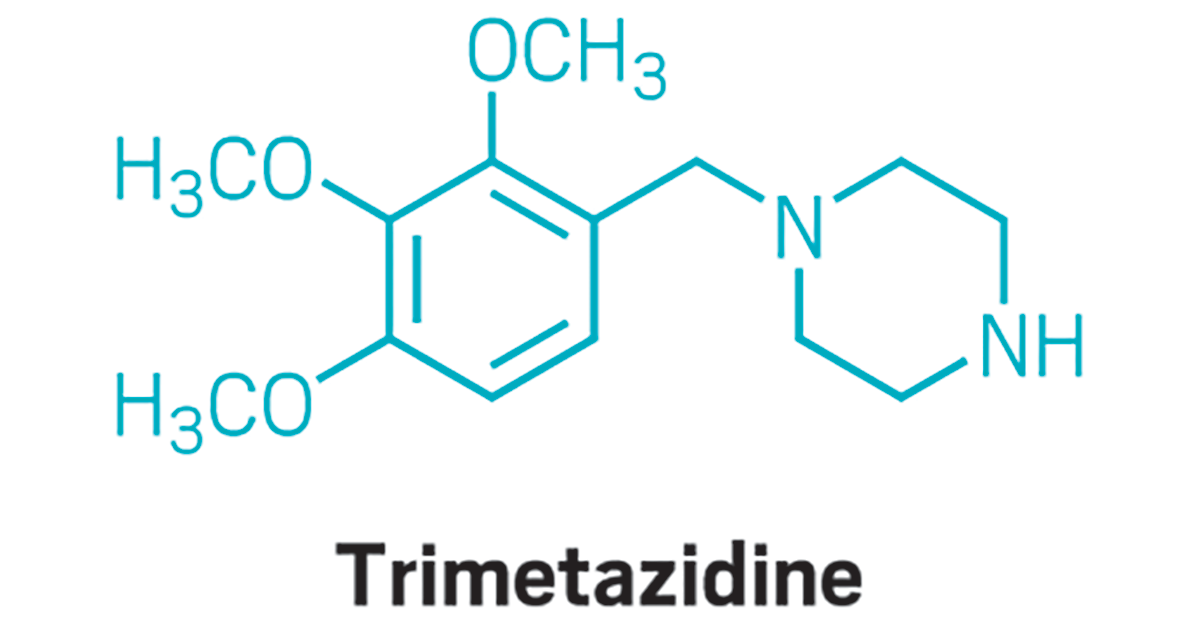Advertisement
Grab your lab coat. Let's get started
Welcome!
Welcome!
Create an account below to get 6 C&EN articles per month, receive newsletters and more - all free.
It seems this is your first time logging in online. Please enter the following information to continue.
As an ACS member you automatically get access to this site. All we need is few more details to create your reading experience.
Not you? Sign in with a different account.
Not you? Sign in with a different account.
ERROR 1
ERROR 1
ERROR 2
ERROR 2
ERROR 2
ERROR 2
ERROR 2
Password and Confirm password must match.
If you have an ACS member number, please enter it here so we can link this account to your membership. (optional)
ERROR 2
ACS values your privacy. By submitting your information, you are gaining access to C&EN and subscribing to our weekly newsletter. We use the information you provide to make your reading experience better, and we will never sell your data to third party members.
Analytical Chemistry
SPOT Grabs, Tags Carbohydrates
Technique could ease sequencing and analysis of biological sugar chains
by Stu Borman
May 29, 2006
| A version of this story appeared in
Volume 84, Issue 22
A new technique for immobilizing and tagging biological carbohydrates could lead to a much more convenient way to analyze complex sugars than is currently possible.
The method, solid-phase oligosaccharide tagging (SPOT), was developed by Ole Hindsgaul and coworkers at Carlsberg Laboratory, in Copenhagen, who demonstrated its use by analyzing commercial versions of two glycolipid-derived complex carbohydrates (Angew. Chem. Int. Ed., published online May 19, dx.doi.org/10.1002/anie.200600642).
Protein and lipid glycosylation (modification with carbohydrates) plays a key role in function and disease, and researchers would like to better understand the relationship between the structure and activity of these attached biological carbohydrates. But they are highly variable and extraordinarily complex in structure, often having multiple branches and stereocenters, and procedures for their structural analysis are difficult and specialized.
SPOT could help address this problem. It's a simple set of reactions for immobilizing carbohydrates on beads, tagging them with fluorescent and other groups, and releasing them for analysis. Immobilizing carbohydrates on solid supports is not new, but SPOT's immobilization, tagging, and release chemistry is easier to carry out than earlier approaches.
"The key feature of the method really is its simplicity: There is no requirement for experience in the handling of oligosaccharides," Hindsgaul and coworkers note. Nevertheless, "the paper is clearly only a model study, and there remains a lot of work to be done before SPOT enters the mainstream of glycomics," they add.
"With further development, SPOT has the potential to greatly facilitate the detection, quantification, and analysis of saccharides released from glycoconjugates," says professor of biological chemistry Gerald W. Hart of Johns Hopkins University School of Medicine. "The key promise of this emerging method is that it will allow biologists with little training in glycosciences to reliably analyze glycans on their favorite molecules."
James C. Paulson, director of the Consortium for Functional Glycomics at Scripps Research Institute, says SPOT's novel aspect is its use of "a reactive nitrogen to introduce tags useful for detection and purification of glycans. The chemistries are robust and efficient, features that are critical for working with small amounts of biological materials. This method will undoubtedly find important applications in glycan analysis, although it is still at an early stage."
A third researcher, who agreed to comment only without attribution, expresses more doubts about the technique's significance. SPOT's chemistry "is not really all that new," he says. "Sequencing carbohydrates is an important problem, and this may be one of the technical details that lead to an eventual solution, but is this the one breakthrough? It's a step in the right direction, but we'll see what comes afterwards."
However, professor of biochemistry and molecular biology Michael Pierce of the University of Georgia sees the work as "a promising start to making it possible for commonplace laboratories to do glycan sequencing. It's a proof of concept, and now the question is, 'Can it be applied to specific biological samples?' I think there will be quite a lot of interest in the glycobiology community to get this method to work."




Join the conversation
Contact the reporter
Submit a Letter to the Editor for publication
Engage with us on Twitter